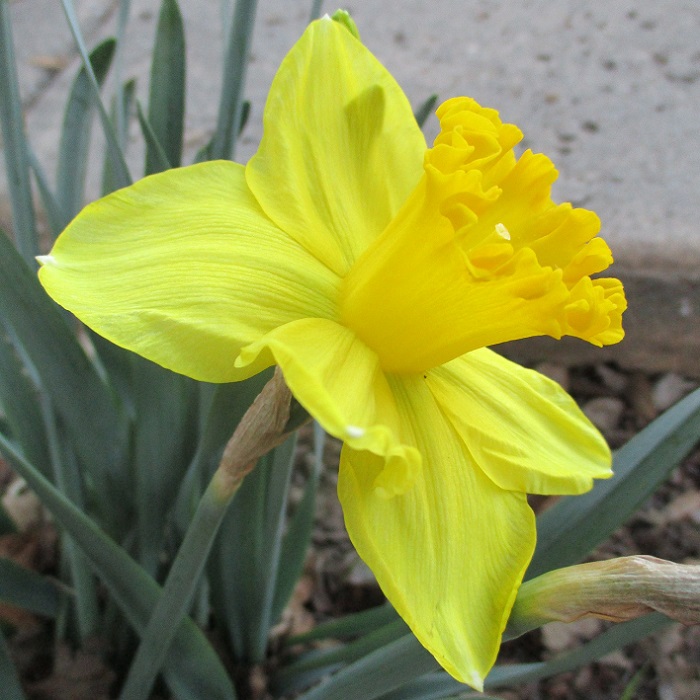UNITED STATES—It was easy to forget about spring bulbs after they went into the ground so unceremoniously last autumn. They got buried without so much as proper funerals. Cool season annuals got planted over the grave sites of some, just because bare soil is not much to look at. They stayed silent out in the garden through the cool and rainy winter weather. It might have seemed like the perfect crime.
Now they are back. Daffodil, narcissus, crocus and snowdrop might already be blooming. If not, they are at least extending their vertical foliage. Tulip will be right after them. Spring bulbs tend to bloom in very early spring or late winter here, just in time to remind us that there are even more bulbs and bulb like perennials to plant. This is the time of year for planting summer blooming bulbs.
As the name implies, summer blooming bulbs bloom later than spring blooming bulbs. They also get planted later. Unlike spring bulbs, they do not enjoy winter in the garden. (Most spring bulbs are chilled before sale, but would otherwise need winter chill to bloom in spring.) In fact, some summer bulbs are sensitive to frost if they start to grow too early. Types that bloom only once can be planted late to extend bloom, but will need to be watered more carefully after the rain stops.
Dahlia, canna and the old fashioned big white calla are the easiest of summer bulbs. Happy dahlias can last for years, and can be divided if they get big enough. Cannas are even more reliable and more prolific. Big white callas are slow to get started, but can be difficult to contain once they get established. However, the smaller colorful types are quite demanding, and not so reliable.
Gladiolus and the various lilies are among the most impressive of summer bulbs, but they bloom only once annually, and if not grown in ideal conditions, are unlikely to bloom more than once ever. Lilies want to be watered and fertilized regularly, and grown in rich potting medium. Gladiolus bulbs are typically planted in groups, but only a few in each group will likely regenerate after bloom.
Highlight: daffodil
Even with all the unusual breeds of daffodil and related narcissus that are available nowadays, the traditional big yellow types that resemble the classic ‘King Alfred’ daffodil are probably still the most popular, even if real ‘King Alfred’ are unavailable. Although all narcissus are daffodils, the term ‘daffodil’ typically refers to those with fewer, but bigger and bolder flowers that lack fragrance.
Their dormant bulbs got planted last autumn to wait out winter and then bloom along with the earliest of spring blooming bulbs. They can be planted in later phases to prolong bloom, but once they naturalize, will bloom annually and early on a rather reliable schedule. Most types are pleased to naturalize if conditions are right for them, although some of the fancier varieties are less reliable.
Besides the familiar bright yellow, daffodils can be pale yellow, cream, white, orange or pink, although orange and pink are mostly in conjunction with other colors. Some varieties bloom with double flowers, or other varied forms. Taller types can stand a foot and a half tall, with the flowers suspended just above the narrow, mostly vertical and somewhat rubbery bluish green leaves.
Horticulturist Tony Tomeo can be contacted at tonytomeo.com.






